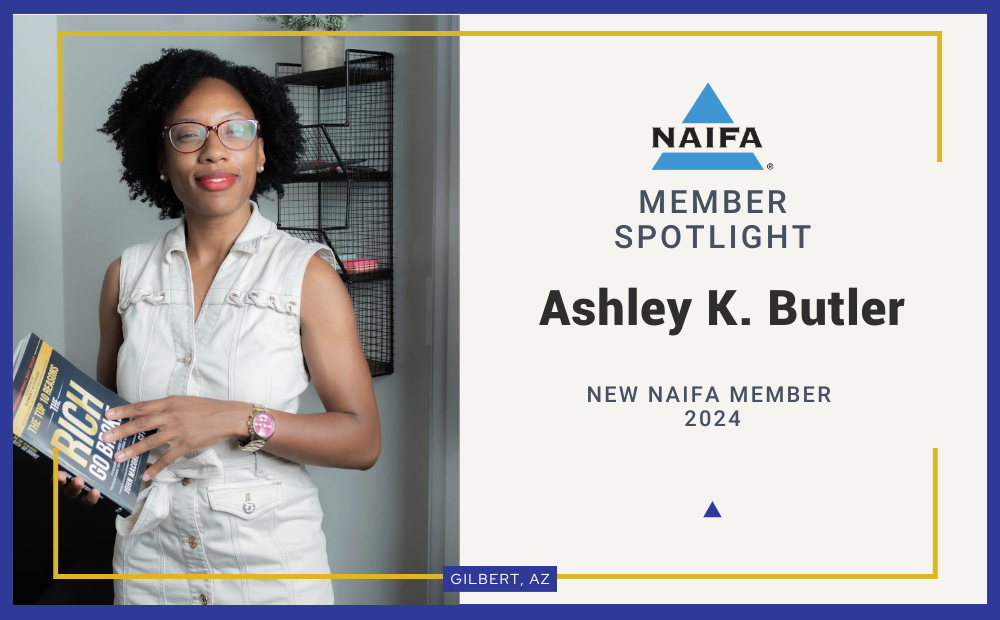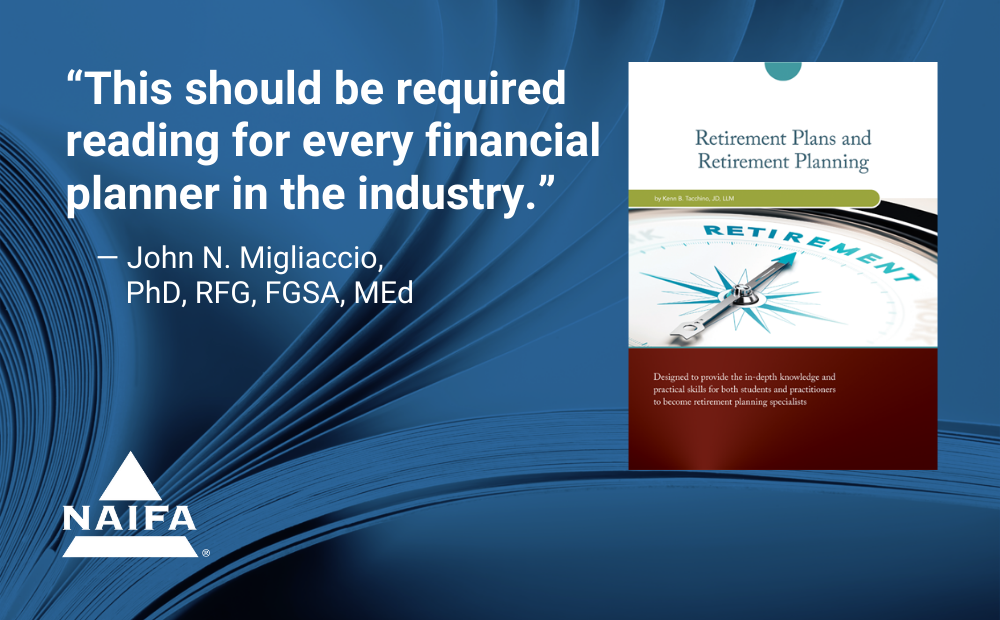When asked why salespeople don’t close more sales, a company president answered instantly, “They don’t ask enough questions. They’re so focused on getting prospects to buy that they don’t engage them.”
He’s on to something important. We’re in such a hurry to get across what we want to say to our prospects that we ignore what they want from us. They won’t tolerate such insensitive behavior and soon, they are gone.
The purpose of meeting with prospects is to recognize and understand what’s going on with them. That takes getting them to talk about what they know best: themselves. This gives you the opportunity to stop talking, start asking questions, and start listening.
Prospects are focused when they’re talking, but they get distracted when someone else is speaking. Don’t fall into the trap of wanting to get your message across; the urge to tell your story kills sales. Your job is to create conditions that allow prospects to get their story across to you.
Since you learn when you are listening, here are eight questions that get prospects talking.
1. “I’m curious. Why did you agree to meet with me today?”
You know that just because someone asks for a meeting doesn’t mean he will say yes to a sales offer. When someone says yes to a meeting, inquisitive salespeople don’t stop there. They wonder why. They want to know what’s going on and why prospects are interested.
2. “What would you like to happen as a result of this meeting?” The purpose of asking questions is to gather information. This will help you keep an open mind and avoid making mistakes. By “filling in the picture,” you stay on track as you plan your next moves.
3. “What issues do you want us to address?” One mistake some salespeople make is to gloss over or avoid significant issues because they don’t want to turn off prospects. What they don’t realize is that “digging down” lets a prospect know the you are serious. Follow up questions carry the process a step further: How satisfied are you with your analysis? How would you feel if someone were to challenge it?
4. “What hurdles must be overcome?” It’s always a good idea to come at issues from various angles. It’s a good way to find out the lay of the land and identify others who may be involved. In other words, the answer to this question can give you a more complete picture of what is involved.
5. “If my company offered exactly what you’re looking for, how would you describe it?” This offers insight into what is important to a prospect--something that’s not as obvious as it may seem. It’s a serious mistake to assume you’re getting the message across correctly. Far too frequently, words don’t have the same meaning to people. This question makes sure you and your prospect are on the same page.
6. “How satisfied are you at this point in your decision-making process?” By asking where prospects are in their decision-making process, you are making it easy to put them on the defensive. Instead, this question is designed to help expand the conversation and let them know you’re interested, but not nosy. If they’re just getting started, you can ask about their expectations. If they’re further along, you can ask about possible concerns.
7. “What’s your thinking about what the right solution should cost?” This question avoids the old and tired “What’s your budget?” question, which usually results in a useless and vague answer. A follow-up question might be: “Can you tell me how you arrived at that figure?”
8. “Can you tell me what you feel about our meeting today?” You want to know if the meeting was helpful. Did it meet the prospect’s expectations? And, finally, ask about the next step--the action step that establishes the agenda for the next meeting.
Unless you drive your prospect conversations with strategic questions, meeting with them often results in too much talking and not enough listening. This leads to prospects who are less than satisfied and salespeople who are unable to move forward with confidence.
John Graham of GrahamComm is a marketing and sales strategy consultant and business writer. He is the creator of “Magnet Marketing,” and publishes a free monthly eBulletin, “No Nonsense Marketing & Sales Ideas.” Contact him at jgraham@grahamcomm.com, 617-774-9759 or johnrgraham.com










.png?width=300&height=300&name=CC%202025%20Ad%20(300%20x%20300%20px).png)
.png?width=300&height=600&name=Tax%20Talk%20Graphic%20-%20email%20tower%20(300%20x%20600%20px).png)



.png?width=300&name=NAIFA-FSP-LH%20with%20tagline%20-%20AT%20blog%20email%20ad%20(300%20x%20250%20px).png)
.png?width=728&height=89&name=2024%20Congressional%20Conference%20(728%20x%2089%20px).png)
